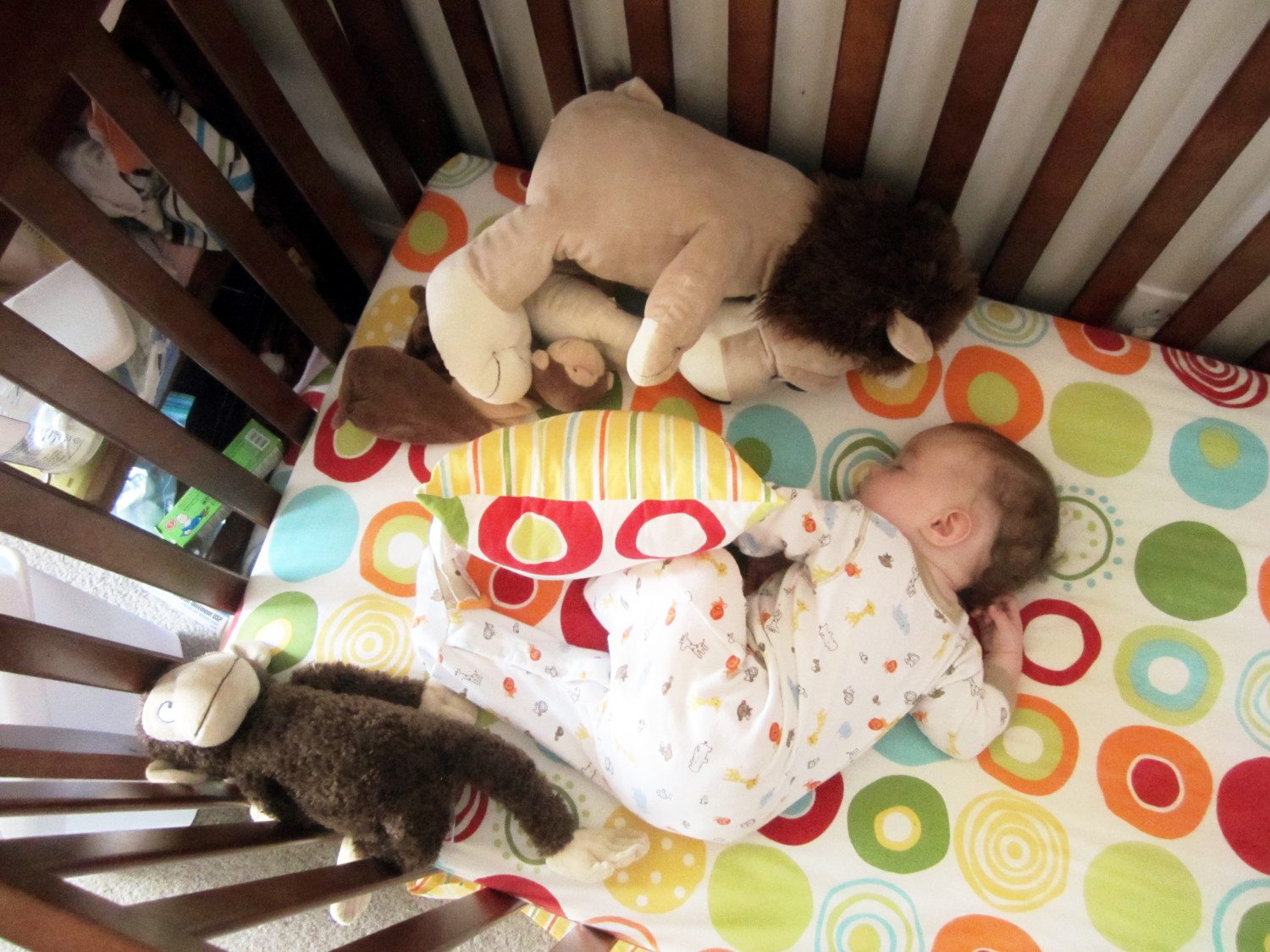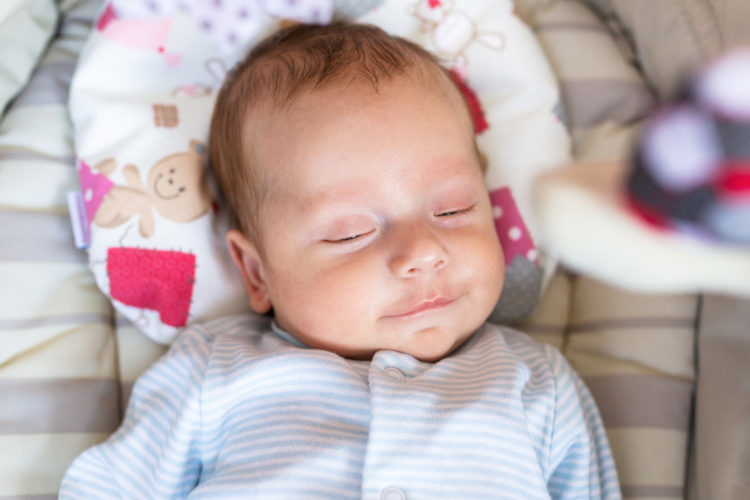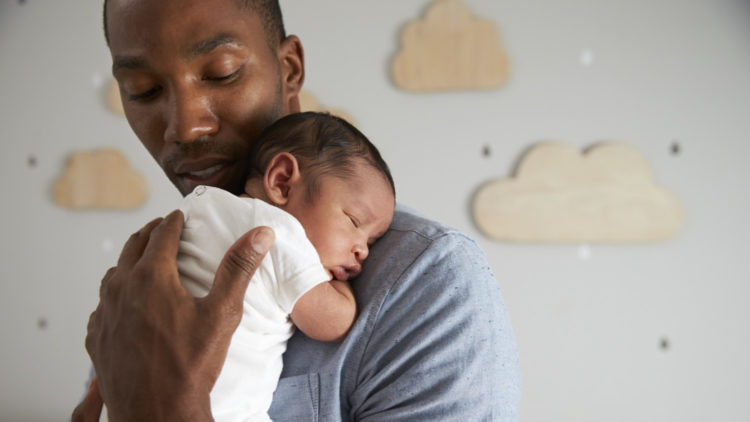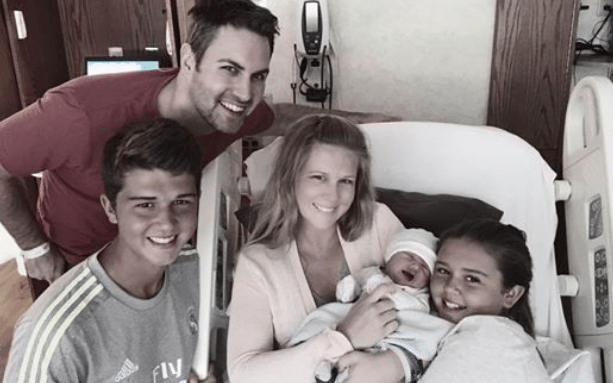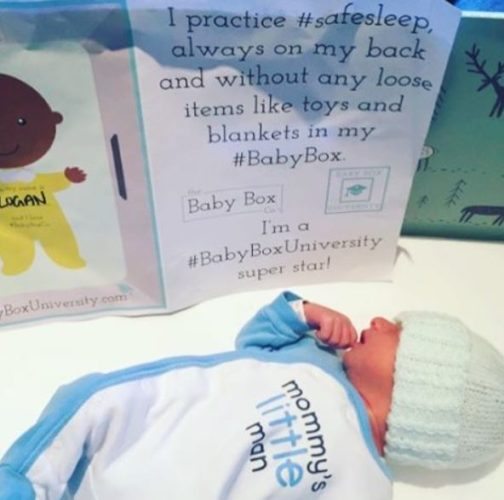New Study May Predict A Baby’s Risk Of Dying From SIDS
Approximately 2,500 infants die of Sudden Infant Death Syndrome (SIDS) every year in the United States, making it the third leading cause of infant mortality.
While there is no definitive proof of what causes it, we do know that if a baby is placed in an unsafe sleeping arrangement—such as sleeping on their stomach or with blankets, stuffed animals or loose-fitting sheets—their risk of dying from SIDS becomes higher. Now, doctors at The Royal Alexandra hospital for children in Westmead, Australia may have found a way to identify babies who are most at risk.
According to the Australian Associated Press (AAP), researchers say babies who die from SIDS have decreased levels of a protein called orexin, which is responsible for regulating sleep arousal. In other words, it wakes up babies when they roll over to sleep on their stomach, meaning that babies with less orexin may not wake up to roll back over.
While this news may certainly be a game-changer, experts warn there could still be multiple reasons for SIDS. Dr. Rita Machaalani, the sleep unit manager at Westmead, told the AAP that SIDS could be caused by a combination of biological and environmental factors.
“It will remain to be seen whether you need a loading of risk factors to have a bad outcome of death,” she said. “But certainly it’s a huge breakthrough because in my knowledge of SIDS there hasn’t been anything biological like that before, it has always been environmental risk.”
Other studies have also linked biological components to SIDS. One such study found that the brains of infants who died from SIDS produced low levels of serotonin, with plays a role in regulating breathing, heart rate and sleep.
While research could eventually lead to screenings for orexin, a test like that wouldn’t be available for at least 10 years. For now, parents should continue to follow SIDS prevention guidelines. The American Academy of Pediatrics also recommends that parents sleep in the same room as their baby until they are at least 6 months old, but a year would be even better.


